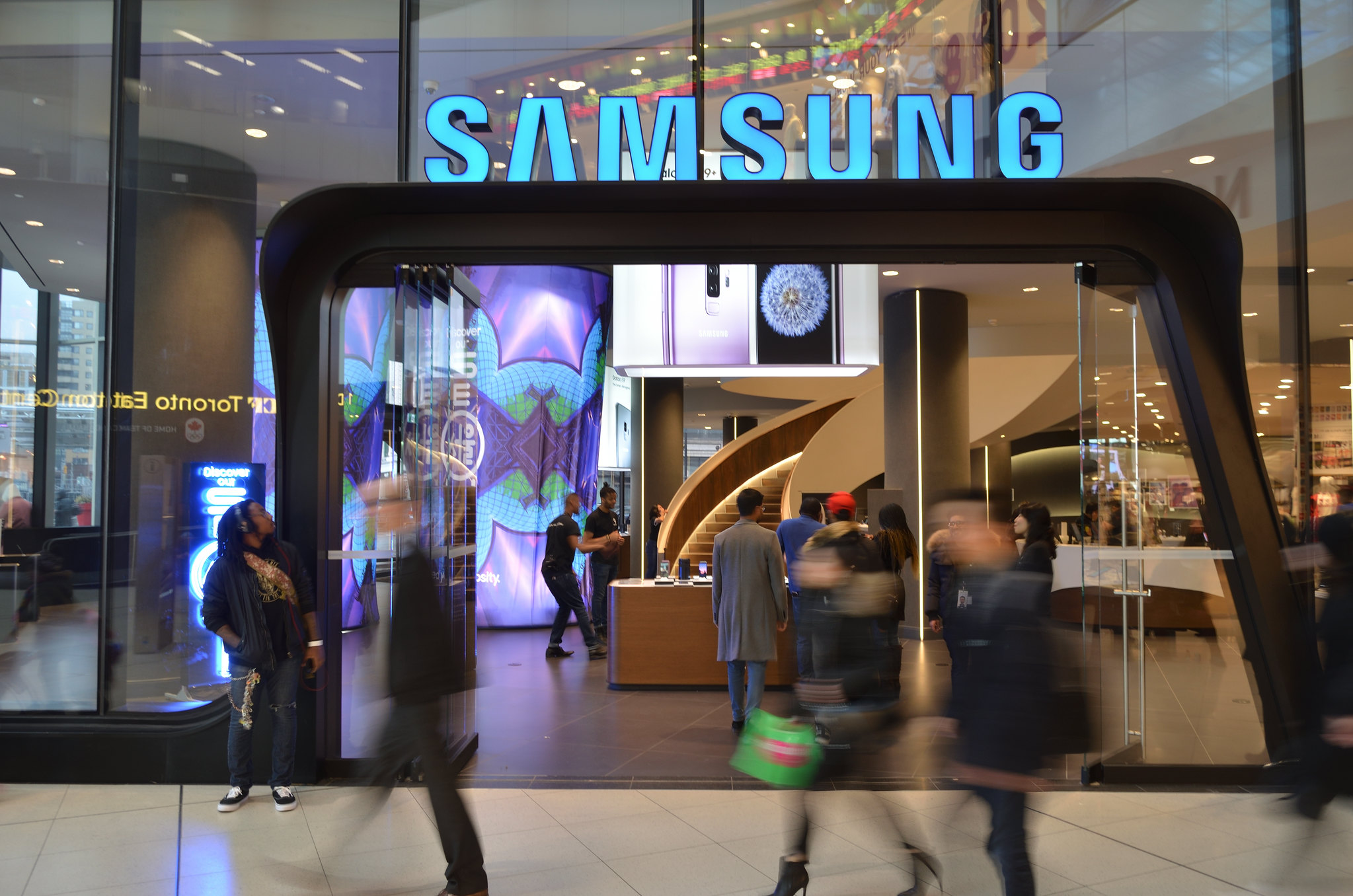 APPS
APPS
 APPS
APPS
 APPS
APPS
Samsung Electronics Co. said late Thursday in its preliminary second-quarter earnings guidance that its operating profit fell by more than 50% from a year ago on weak demand for its memory chips and a slowdown in the smartphone market.
Samsung estimated its operating profit for the second quarter at just 6.5 trillion won ($5.6 billion), which came in above expectations but down 56% from a year ago. Overall sales are down 4.2% from a year ago. Analysts had pegged Samsung’s operating profit at 6.07 trillion won, the Yonhap News agency reported.
Samsung said it would report more detailed figures for the quarter later this month, when it will break down the performance of its respective business units. Assuming its final numbers match with today’s guidance, as they usually do, it would be the second consecutive quarter where Samsung’s operating profit fell by more than half from the year earlier.
Yonhap said the most likely reason for the profit decline is a “supply glut” in the market for dynamic random-access memory or DRAM chips and NAND flash memory chips, which account for about two-thirds of Samsung’s overall business. DRAM chips are used in computers, phones and tablets to run multiple applications at the same time, while NAND chips are used as the primary storage medium in those devices.
Yonhap said the flash and memory chip market is “undergoing a period of inventory adjustment” resulting in low demand for the products and lower prices. It cites experts as saying the market is unlikely to recover until the second half of 2020 at the earliest.
“It is expected to take more time for the memory chip market to get back on track as prices are anticipated to keep sliding in the second half of this year,” Kim Un-ho, an analyst at IBK Investment & Securities, told Yonhap. “Chip demand for servers is expected to increase in the latter half, but it will be hovering below earlier estimates.”
Samsung’s results illustrate how vertically integrated tech firms can “sink and swim” thanks to the nature of their overall product portfolios, said Constellation Research Inc. analyst Holger Mueller.
“In the past, the memory chip business has often saved Samsung’s profits, especially with the recent slowdown in the smartphone handset market,” Mueller said. “But now the memory chip business is weighing Samsung down too. It can only hope that the full inventory is going to be consumed and that it will be able to weather the storm.”
Samsung’s cause hasn’t been helped by the ongoing decline in smartphone sales either, despite strong sales of its flagship Galaxy A series handsets in emerging markets. The problem is that much of Samsung’s smartphone profit comes not from its premium handsets but from cheaper midrange devices, which are seeing average sales prices decline.
Samsung is planning to launch its newest phablet, the Galaxy 10 Note, in the U.S. in August in a move that it hopes will boost sales. It’s also said to be working on a new launch date for its Galaxy Fold device after its scheduled April launch was put off because of issues with the folding screen’s durability.
The company is also believed to be bracing itself for further misery in light of Japan’s decision this week to restrict exports to South Korea of materials needed to manufacture semiconductors and displays for TVs, smartphones and other devices.
It was reported earlier this week that Japan will restrict sales of fluorinated polymide, which is used in smartphone displays, as well as resist and high-purity hydrogen fluoride, used as an etching gas in chipmaking, to South Korean companies.
The controls don’t ban the sale of those materials to South Korea, but will make them harder to export. Under the newly imposed restrictions, Japanese exporters will have to apply for export permission for every shipment of the materials they wish to send to South Korea, a process that takes about 90 days.
Samsung is one of the biggest buyers of fluorinated polymide. It also buys large amounts of hydrogen fluoride needed for its semiconductor fabs, Yonhap said.
Japan produces about 90% of the fluorinated polyimide and 70% of the hydrogen fluoride in the world, which means Samsung could struggle to find alternative suppliers if the restrictions remain in place for an extended period of time.
THANK YOU